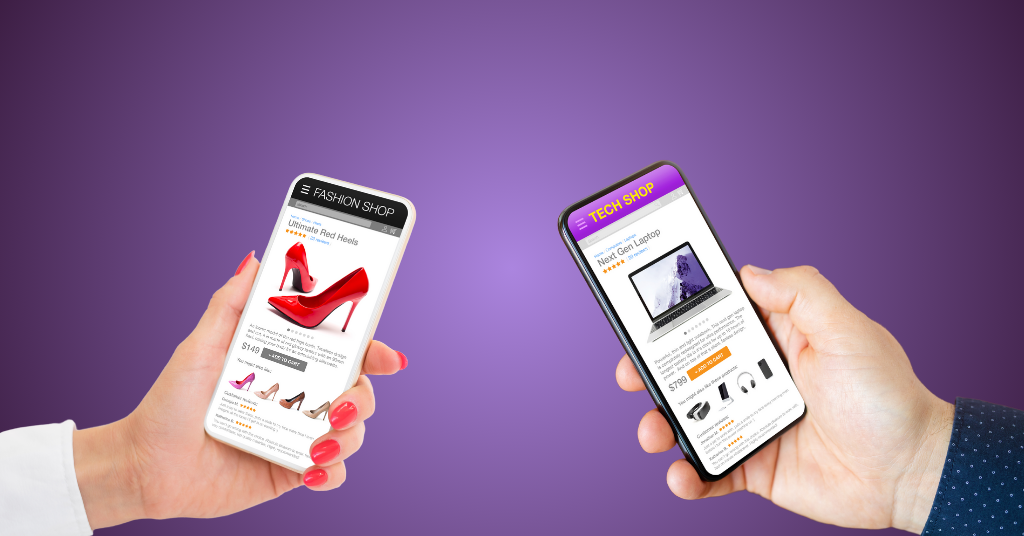In today’s fast-paced digital world, mobile optimization is no longer optional for online retailers—it’s essential. With more consumers shopping on their smartphones and tablets, businesses must adapt to this growing trend to stay competitive. Mobile-friendly websites not only enhance user experience but also drive sales, improve search rankings, and build customer loyalty.
As online retailers increasingly shift to mobile-first strategies, understanding user behavior patterns becomes crucial. Many e-commerce platforms now study engagement models from various digital environments, including entertainment portals where seamless access is paramount.
For instance, the streamlined authentication process at Jokaviproom Casino Login demonstrates how simplified user journeys can significantly reduce abandonment rates. This approach directly translates to mobile retail contexts where frictionless experiences drive conversions.
Mobile optimization continues to evolve beyond responsive design to encompass every touchpoint in the customer journey.
1. Shifting Consumer Behavior Towards Mobile
Why Mobile Matters
Recent data shows that mobile devices account for a significant portion of online traffic. People prefer browsing and shopping from the convenience of their phones.
- Accessibility: Mobile devices allow users to shop anytime, anywhere.
- Speed: Quick access to websites influences purchasing decisions.
- Convenience: Customers can browse products, compare prices, and make purchases without needing a computer.
Ignoring mobile users means losing a considerable portion of potential customers.
As online retailers optimize mobile checkout flows, they can learn from industries that have perfected frictionless user experiences. The gaming sector demonstrates how seamless mobile interactions drive engagement, particularly when customers can Jouez aux meilleurs jeux de casino français disponibles sur La Riviera with minimal loading times.
Mobile-first design principles remain crucial whether you’re streamlining e-commerce conversions or entertainment platforms. Retailers should prioritize responsive layouts that maintain functionality across all devices, much like top-tier gaming portals maintain consistent performance.
Accelerated mobile pages and progressive web apps continue revolutionizing how consumers shop and play on handheld devices. Implementing these technologies ensures your retail platform competes in today’s mobile-dominated landscape.
2. Improved User Experience
Keeping Visitors Engaged
A seamless mobile experience encourages users to stay on your site longer:
- Responsive Design: Websites that adjust to various screen sizes prevent awkward navigation.
- Fast Loading Times: Mobile users expect pages to load quickly; delays lead to drop-offs.
- Touch-Friendly Interface: Optimized buttons and menus enhance usability.
A positive experience makes shoppers more likely to complete purchases and return.
3. Boosting Search Engine Rankings
SEO and Mobile Optimization
Search engines like Google prioritize mobile-friendly websites in their rankings:
- Mobile-First Indexing: Google primarily evaluates the mobile version of a site for search results.
- Reduced Bounce Rates: Mobile-optimized sites keep users engaged, signaling quality to search engines.
- Competitive Edge: Ranking higher means better visibility and more traffic.
Without mobile optimization, online retailers risk falling behind in search results.
4. Increasing Conversion Rates
Turning Browsers into Buyers
Mobile optimization directly impacts conversion rates:
- Simplified Checkout Process: Streamlined forms and payment options reduce friction.
- Mobile Payment Integration: Support for services like Apple Pay or Google Pay makes transactions effortless.
- Trust Signals: Mobile-friendly sites appear more credible, increasing purchase confidence.
Convenience leads to higher sales and fewer abandoned carts.

5. Building Customer Loyalty
Keeping Shoppers Coming Back
Mobile optimization helps create a loyal customer base:
- Personalized Shopping Experiences: Mobile apps and sites can offer tailored recommendations.
- Push Notifications: Inform customers about sales, new arrivals, or order updates.
- Social Media Integration: Seamlessly connect your store with social platforms to boost engagement.
Satisfied customers are more likely to recommend your store to others.
6. Catering to Mobile Shopping Trends
The Rise of mCommerce
Mobile commerce (mCommerce) is a rapidly growing segment of eCommerce:
- Mobile-Only Shoppers: Some users exclusively shop via mobile devices.
- Increased Social Shopping: Platforms like Instagram and TikTok drive mobile traffic to online stores.
- Augmented Reality (AR): AR features enable mobile users to visualize products, enhancing decision-making.
Keeping up with these trends ensures your business remains relevant.
7. Staying Competitive
Meeting Consumer Expectations
With big retailers already prioritizing mobile experiences, smaller businesses must follow suit to compete:
- Level Playing Field: Mobile optimization allows smaller retailers to match user expectations.
- Future-Proofing: As mobile technology evolves, businesses that adapt now will remain ahead.
Meeting customers where they are ensures your brand stays competitive.
Adapting to the Digital Age: What eCommerce Can Learn from Online Platforms
The world of eCommerce is fast-paced and constantly evolving. As online retailers strive to optimize user experience, customer engagement, and platform efficiency, many are taking cues from successful digital entertainment spaces. One such example is the best Australian online casinos, which lead the way in delivering streamlined interfaces, secure transactions, and personalized user journeys.
These platforms exemplify how responsiveness, trust, and a user-first approach can drive traffic and build loyalty—principles that every eCommerce merchant can adapt to stay competitive in the online marketplace.
Conclusion
Mobile optimization is no longer a “nice-to-have” but a “must-have” for online retailers. By providing a seamless experience for mobile users, businesses can increase engagement, drive sales, and build long-term loyalty. Focusing on responsive design, fast loading times, and mobile-friendly interfaces ensures your store is ready for the future of eCommerce.




